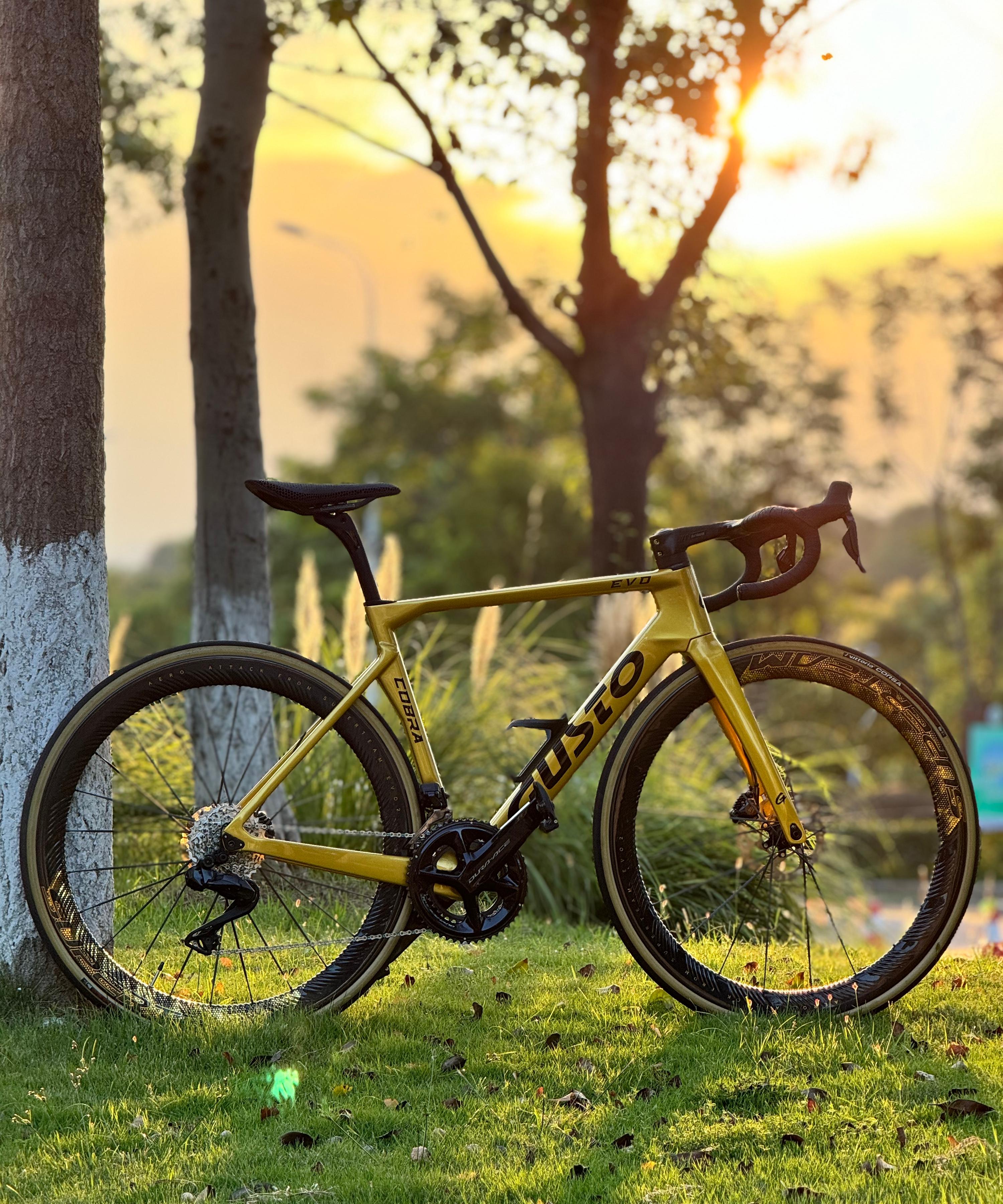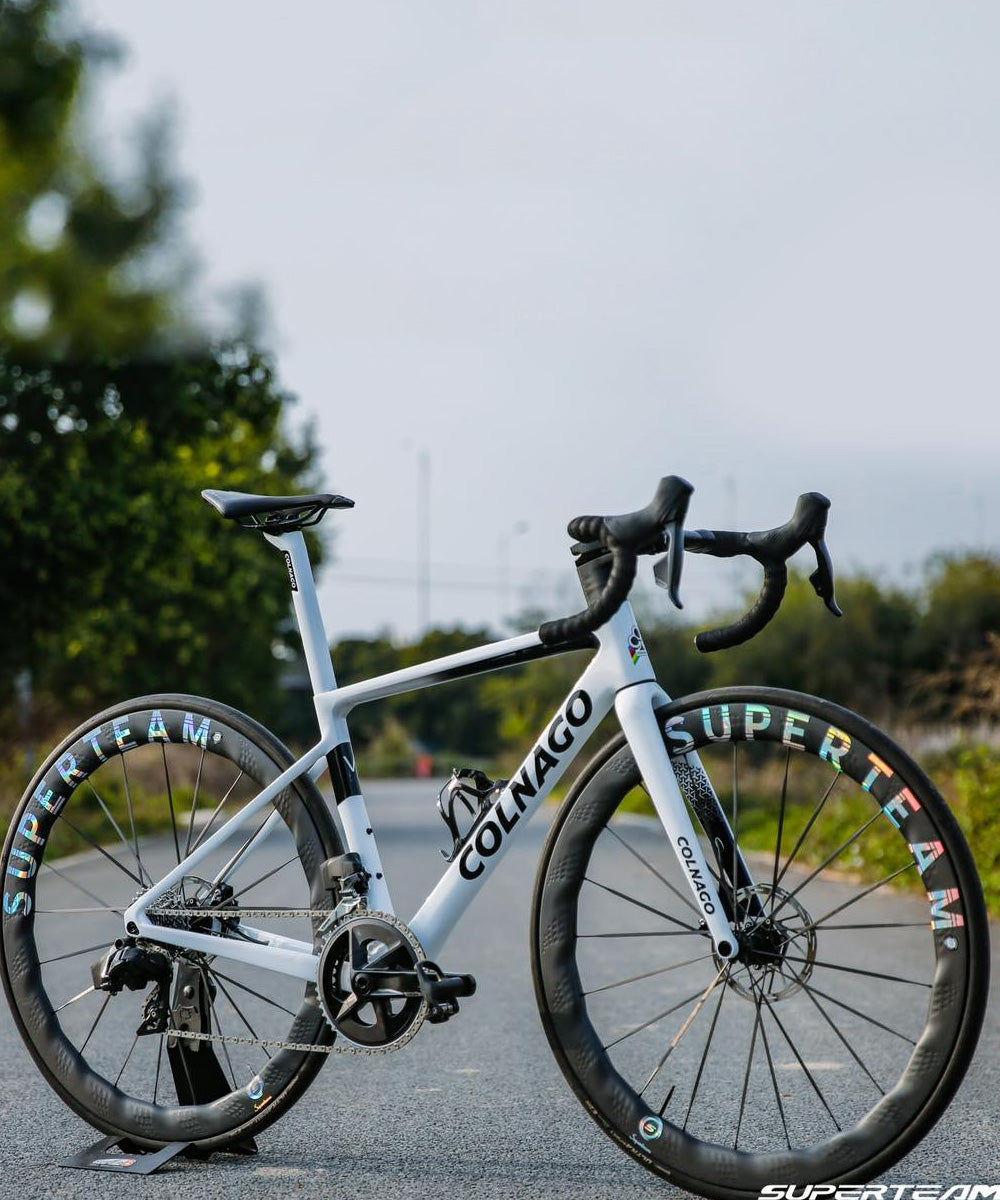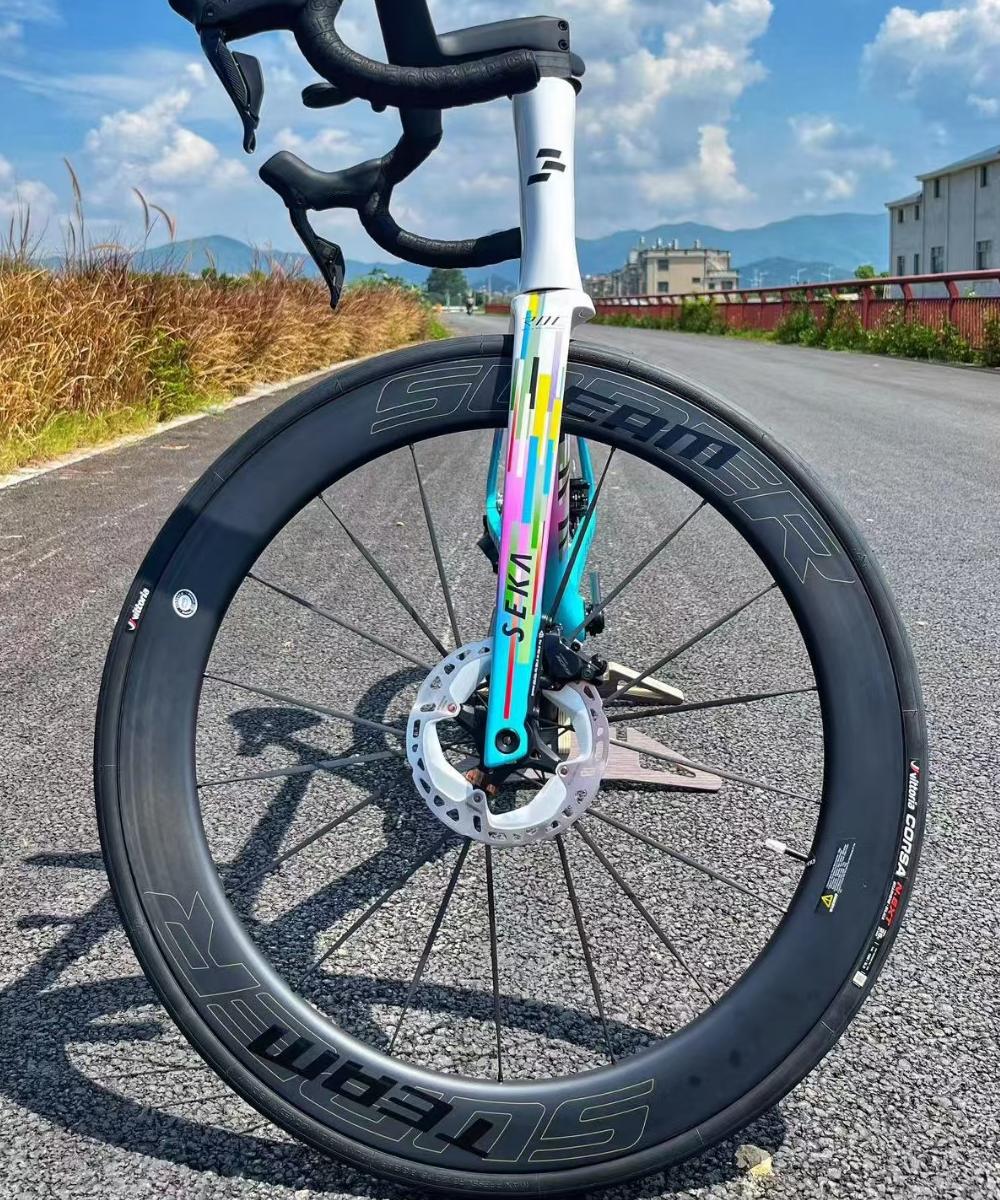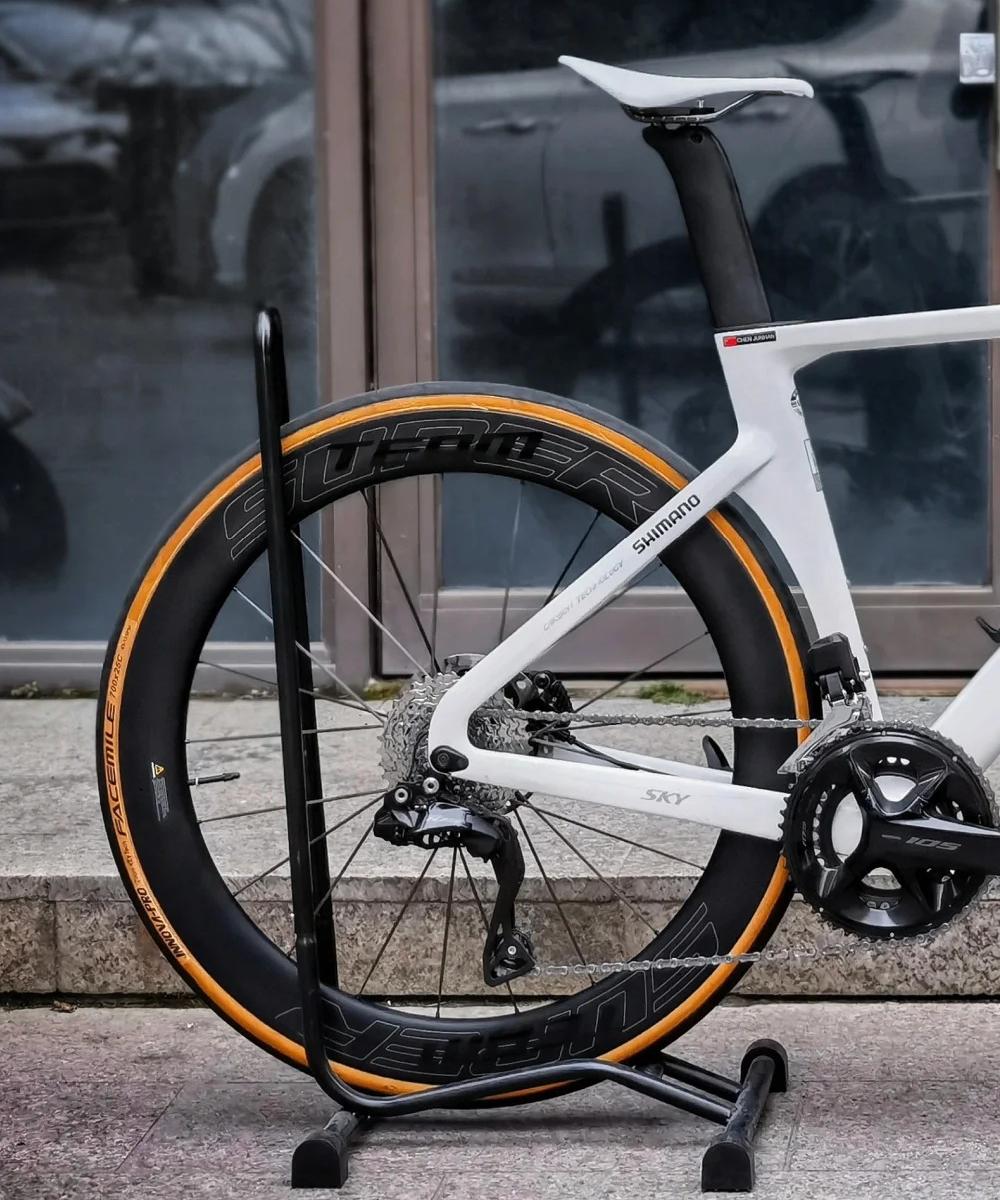Carbon vs Alloy Gravel Wheels: Durability in Rough Terrain
When it comes to gravel riding, durability is one of the biggest factors influencing wheel choice. Both carbon and alloy wheels bring distinct strengths and weaknesses when facing the punishing conditions of rough terrain, from sharp rocks to washboard roads.
Carbon rims are prized for their stiffness-to-weight ratio. They resist flex under power and provide efficient energy transfer, which many riders value on climbs or during accelerations. However, carbon’s rigidity comes with trade-offs. While modern layups have improved impact resistance, carbon rims can be more vulnerable to sudden, sharp hits that exceed their structural limits, leading to cracks or fractures. Once damaged, carbon is often difficult or impossible to repair.
Alloy rims, on the other hand, are generally more forgiving. Their ability to deform under impact allows them to absorb sudden hits without catastrophic failure. A dented rim may compromise tubeless sealing or create wobble, but in most cases it can be trued or reshaped enough to finish the ride. This makes alloy wheels appealing for riders tackling unpredictable, rock-heavy gravel trails where survival and field serviceability matter.
In terms of long-term wear, carbon wheels typically resist fatigue better than alloy, as they don’t slowly lose strength over repeated flex cycles. Alloy rims, however, may develop small stress cracks near spoke holes over time, especially under heavy loads. On the flip side, alloy tends to handle surface abrasion from gravel better, while exposed carbon resin can scuff or chip more easily.
For rough terrain durability, the choice often comes down to riding style and priorities. Riders who want the lightest, stiffest option and are willing to accept the risk of irreparable damage lean toward carbon. Those who value resilience, easier maintenance, and lower replacement costs often prefer alloy.
Ultimately, neither material is universally superior; it’s about matching wheel characteristics to the demands of the terrain and the rider’s tolerance for risk and repair.




